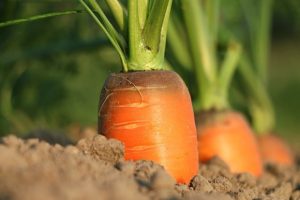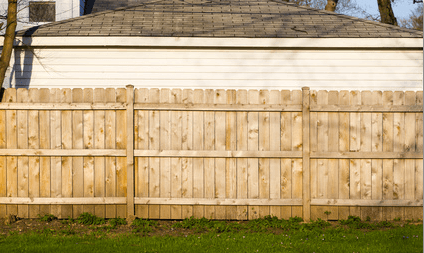 Now that the sun is shining longer each day and the birds are chirping in your newly budding trees, you may be feeling the itch to plant a garden.
Now that the sun is shining longer each day and the birds are chirping in your newly budding trees, you may be feeling the itch to plant a garden.
Designing and building the space for your garden can be just as rewarding as watching the plants grow.
Here’s a step-by-step guide to planning your garden:
Pick a sunny spot in your yard. In addition to having the most sunlight possible, make sure your garden is close to a water source. Filling and dumping buckets of water will get old quickly so choose a spot that your water hose can reach.
Decide what you want to plant. Flowers? Vegetables? Fruits? Some of all three? Contact your local gardening extension for information about gardening in your county so you know what will grow well in your exact climate. For New Jersey, Rutgers New Jersey Agricultural Experiment Station (NJAES) Cooperative Extension has a wealth of gardening information. Click here to find the office in your county.
Decide how big you want your garden to be. Big gardens give big harvests, but they also require more work. Make sure you don’t overdo it and you plant so much that you are not able to keep up. However, make sure you plant enough to reach your goals. If your goal is to make homemade tomato sauce, you won’t reach your goal with only ten tomato plants.
Decide if you want raised beds. Raised garden beds can save your aching back since you won’t need to bend down to tend to your plants. The other advantage to raised beds is the health of the soil. The soil that you bring in for your garden bed can be much healthier than the soil in the ground. Bringing in the new soil also means that you won’t need to till your existing soil if your raised beds are deep enough.
Decide if you want to start with seeds or plants. For some plants, you will need to start the seeds indoors first before transplanting into the garden. Other seeds can be sown directly into the ground. If you want to purchase plants that have already been started, be sure you don’t purchase the plants too early.
Protect your garden with a fence. In the garden experience, nothing is worse than the vegetables, fruits, or blooms just about reaching the time of harvest when the wildlife beats you to it. To ensure you are the one who gets to eat the “fruits” of your labor, install a fence to keep the wildlife out. First, you need to find out what kind of wildlife is getting into your garden. For small animals like rabbits, squirrels, gophers, and groundhogs, a wooden fence will work. Better Homes and Gardens also recommends that your fence is partially buried under the ground, too, to prevent wildlife from digging or squeezing under the fence. Garden fencing also works for keeping out chickens, ducks, dogs, and geese. A picket fence is a popular choice for both beauty and function.
If deer are a problem, you can use wood, vinyl, or chain link fencing to keep them out. For gardens in a particularly dense deer population, you will want the fence to be at least 8 feet tall. The other option is to install a double fence which is one fence around the perimeter of the garden and another fence about three to four feet inside the perimeter fence. Deer will not hop the fence if they see another fence right after the first.
 Define your space with a garden fence. Even if wildlife is not an issue for your garden, you may want to fence in your garden to mark off the space. There is something orderly and pleasant about a garden with defined boundaries.
Define your space with a garden fence. Even if wildlife is not an issue for your garden, you may want to fence in your garden to mark off the space. There is something orderly and pleasant about a garden with defined boundaries.
Spend time planning your garden step-by-step and reap the rewards all season long. Include garden fencing in your plan whether it be aluminum, wood, chain link, or split rail to keep the wildlife out and the beauty in.

